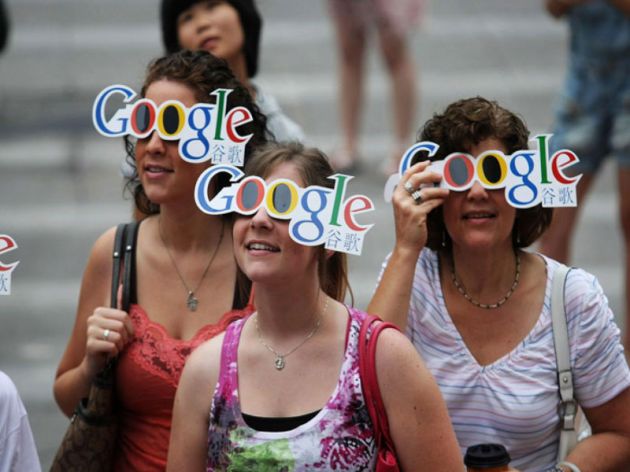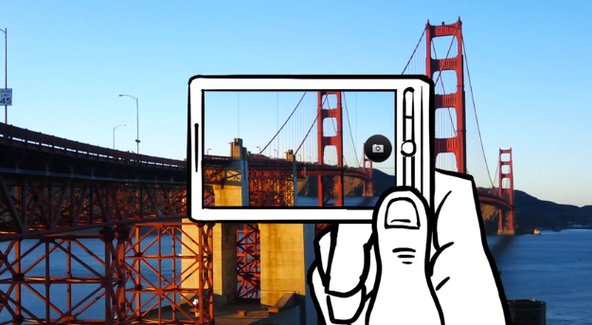
 The Interwebs is all atwitter over yesterday’s report in the New York Times that by the end of the year, Google will be selling “a pair of Google-made glasses that will be able to stream information to the wearer’s eyeballs in real time.” And just imagine if all those a-tweets could be beamed right into your eyeballs!Speaking of the future, Nevada has become the first state to legalize and regulate self-driving cars. These are two fronts in the same technological push to fundamentally (or impactfully, as transhumanists say) transform the way we are present in the physical world
The Interwebs is all atwitter over yesterday’s report in the New York Times that by the end of the year, Google will be selling “a pair of Google-made glasses that will be able to stream information to the wearer’s eyeballs in real time.” And just imagine if all those a-tweets could be beamed right into your eyeballs!Speaking of the future, Nevada has become the first state to legalize and regulate self-driving cars. These are two fronts in the same technological push to fundamentally (or impactfully, as transhumanists say) transform the way we are present in the physical world — a push we can already see underway with the rise of GPS and location-awareness technologies.For interested readers, I meditated on this transformation in an essay for The New Atlantis last year called “GPS and the End of the Road.” Here’s a relevant snippet:
— a push we can already see underway with the rise of GPS and location-awareness technologies.For interested readers, I meditated on this transformation in an essay for The New Atlantis last year called “GPS and the End of the Road.” Here’s a relevant snippet:
The highest-end smartphones come enabled not only with GPS, but with video cameras, and with sensors that enable the phone to know where it is pointing. Combining these abilities, augmented-reality applications allow you to hold up your smartphone to, say, an unfamiliar city street, of which it will show you a live video feed, with hovering information boxes over points of interest showing you customer reviews, historical data, photographs, coupons, advertisements, and the like. One such augmented-reality app is called Layar because it allows you to see reality “layered” over, either with fanciful images or with helpful bubbles of information telling you what to see and why. Proposals are in the works to display such information on glasses or contact lenses, eliminating even the burden of holding up one’s arm.The great and simple promise of these technologies is to deliver to us the goods of finding things in the world in the most efficient way possible. After Brad Templeton: their feature is to find the most interesting things in the world, and to explain why they are interesting, while eliminating the apparent bug that most of the things we encounter seem pretty boring. Moreover, location awareness and augmented reality, paired with GPS navigation, transmit us to these interesting places with the minimum possible requirement of effort and attention paid to the boring places that intervene. We can get where we’re going, and see what we want to see, without having to look….
Augmented reality image via Google via NYT
